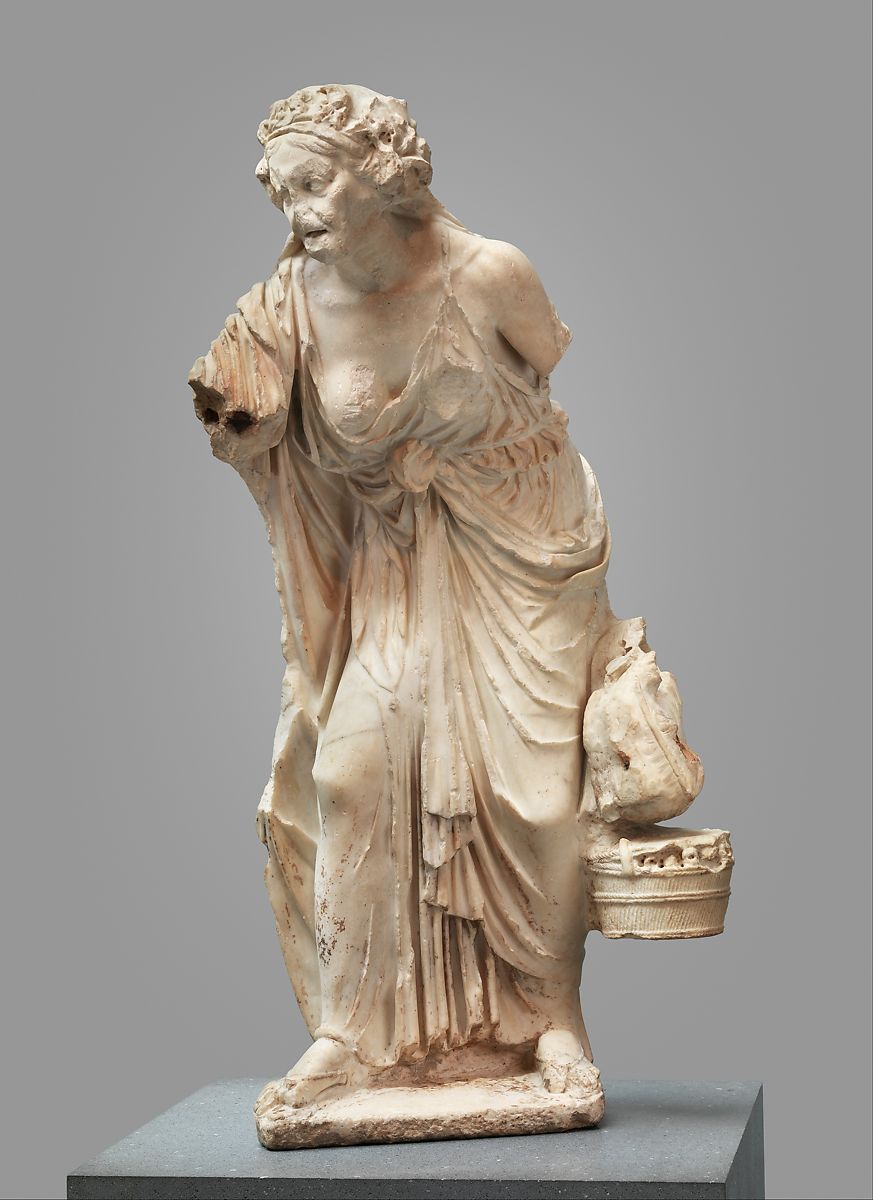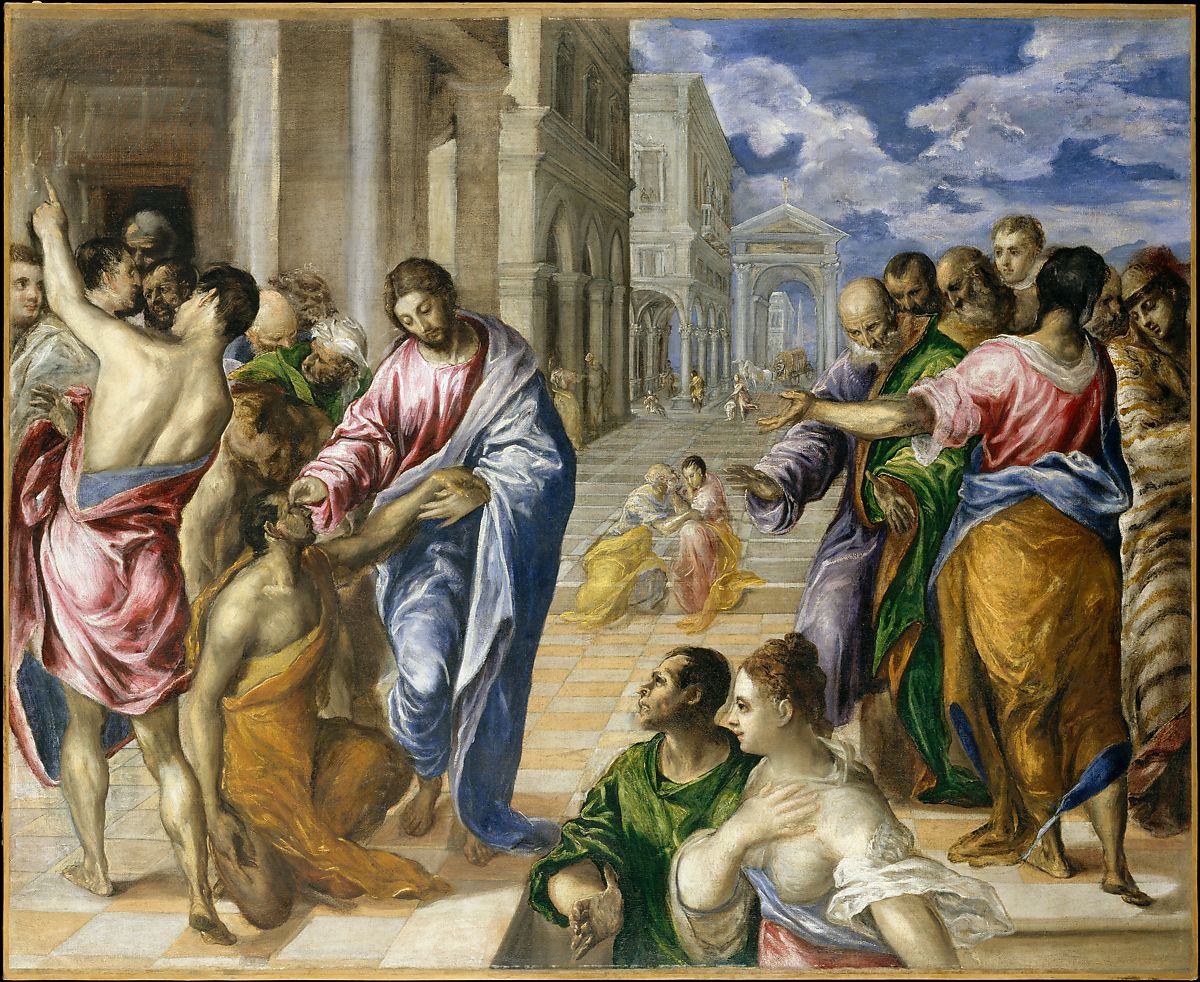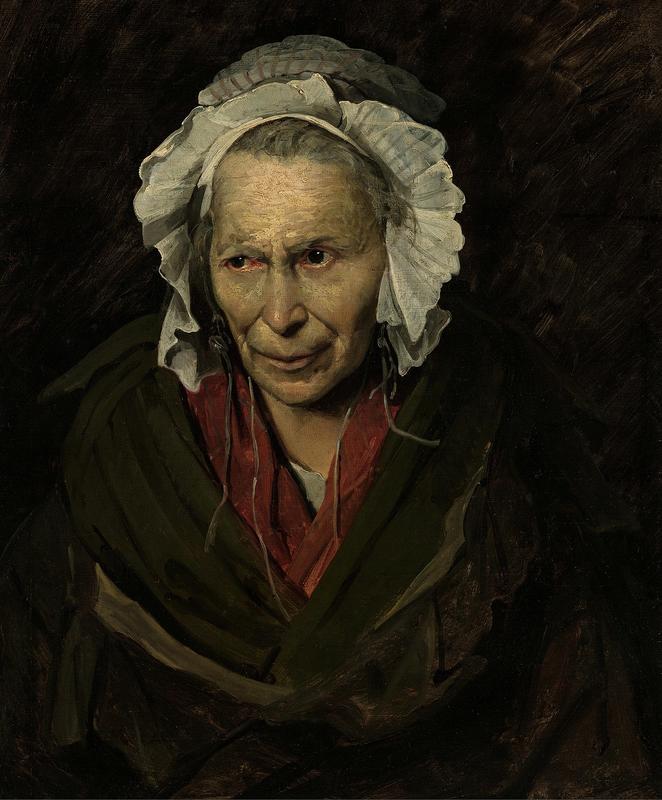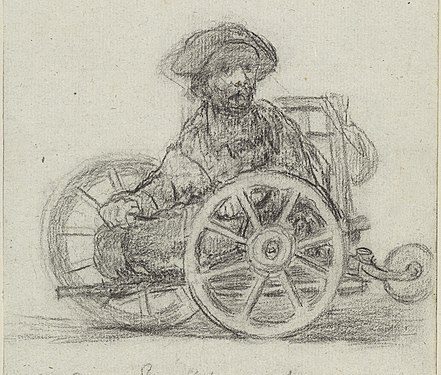How much we can find the representation of people with disability in art? What kind of representation that the artists usually use to depict disability? Is a person with disability portrayed as the active subject or rather as the passive object? How often do artists use the representation of disabilities to “convey ideas about sin, evil, suffering, and reinforce stereotypes about disability”?

The early representation of disability in art dating from 14-68 CE is the sculpture of The Old Market Woman. This is a marble sculpture (copy of a Greek work, originally made of bronze) created during the Hellenistic period. It depicts an aged woman with a basket of fruit and two chickens.
Her face is wrinkled, her body bent with shriveled neck and breast. This statue is influenced by Hellenistic naturalism. Hellenistic artists want to create an accurate representation of man, woman, childhood, old age, and also physical deformity. In my view, compared with the Greek idealistic body, this sculpture is deformative and might be meant as the undesired body.

In the Christianity era, the representation of disability often appears as objects of kindness and miracles. However, Christianity has also contributed to the change of perception of disabilities from unwanted figures to someone who needs to be helped and loved.
The Church’s interest to help the poor and people with disability was inspired by the role of Jesus as a miraculous healer. For example, El Greco’s The Miracle of Christ Healing the Blind (c. 1570) depicts “Christ healing a blind man by anointing his eyes.”
However, the Christianity view was also often used to reinforce the belief that person with disability was a sinner or cursed by Satan. People with disabilities were also often seen as unclean and needed to live in exile.

There was a time artists did not portray people with disabilities as passive objects. Francisco Goya’s Beggars Who Get about on Their Own in Bordeaux depicts “a beggar riding in a wheelchair.” He is a person with a disability who can ride by himself and being an active subject.

Artists did not only paint physical but also mental disabilities. One of them is Théodore Géricault’s Portraits of the Insane series. A Woman Suffering from Obsessive Envy is a part of this series.
Géricault was famous for his study and painting of dead bodies in Raft of the Medusa (1819). He also did observation and study to create Portraits of the Insane. Géricault was commissioned to paint portraits of ten mental illness patients. As the result, the woman in the painting appears as a sensitive figure. Although the viewer might recognize her mental pain, she is totally humane.
Géricault’s depiction challenged the representation of mental illness at his time. Mental illness person was usually depicted in a sensationalized, inhumane, or exaggerated way.
From the depictions of people with disability throughout art history, the viewers can learn about the cultural understanding of disability in that period. Like all identities, disability is not a fixed thing. It is always dynamic and open to redefinition.


